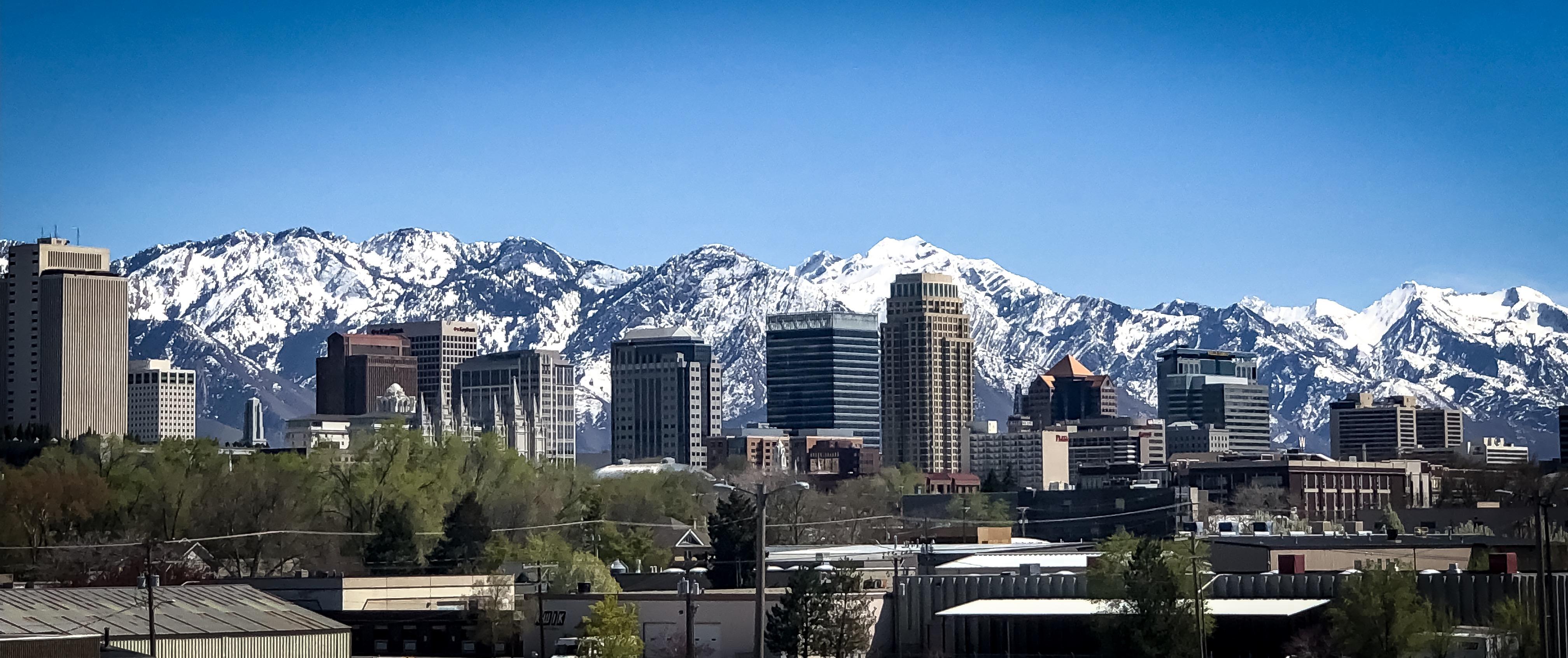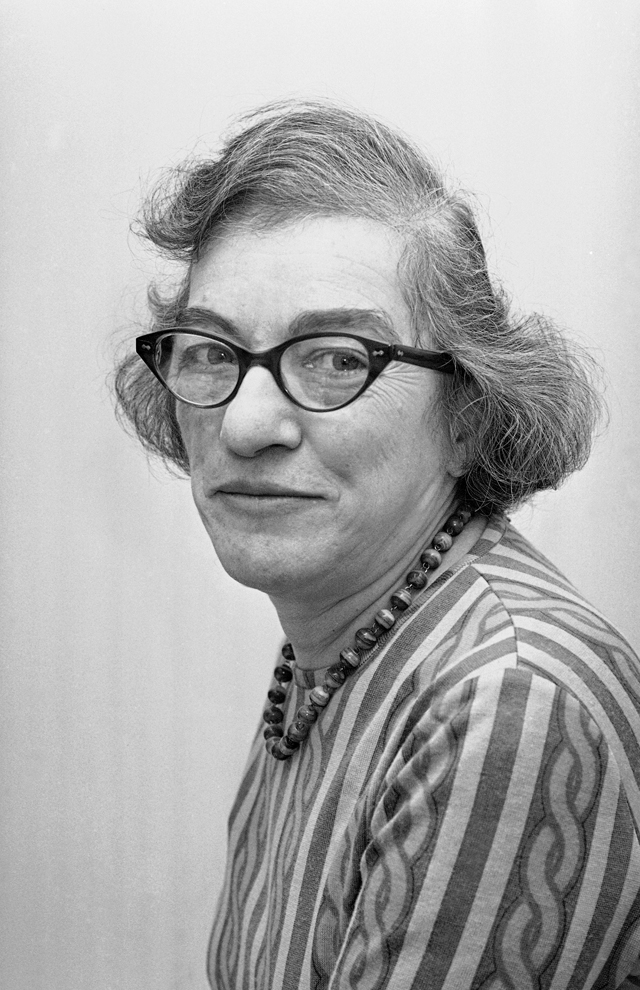Defining a Living Wage
Skylar Scott, Researcher
December 4, 2019

New research is well on its way at UDRC (https://udrc.utah.gov/research.html). The current study I am working on investigates the additional spending that graduates of colleges and technical colleges spend as compared to individuals with a high school diploma only. This spending, or consumption, is a function of discretionary income minus savings. To fully understand consumption patterns, foundational knowledge on discretionary income for each educational group is calculated and separated by their educational attainment. This income data is then distributed into histograms to understand what ratios of individual incomes are higher than a living wage.
When looking at measures of economic wellbeing, several thresholds have been used by economists and policy makers alike. Median, middle-class, and living wage have historically been discussed as a standard for monitoring both the wealth and equity of an economy. Over time, the definitions for each measure have been changed, debated, and politicized. Living wage is often the most debated metric of the three, as it is used in consideration of transfer payments, like food assistance and public housing, wage floors (i.e. minimum wage), and brackets for graduated tax systems (Romer, 2012).
In 1963, Mollie Orshansky, an economist with the Social Security Administration, developed the poverty threshold. Her equation used matrices including 124 detailed poverty lines based on four diets that were sufficient to sustain human life. She felt these measures should be used not as a measure of economic success, but for income inadequacy. In a statement regarding her work to the poverty threshold Orshasky said, “if it is not possible to state unequivocally 'how much is enough,' it should be possible to assert with confidence how much, on an average, is too little.”

The definition of living wage was modified from Orshansky’s original equation in 1965, 1973, 1974, 1981, and 1995. Changes made during this time included: adjustments to meet a standard of living, the changing cost of food, the definition of income, and an extension of the matrix to include up to nine people. The current definition of living wage was derived from a congressional committee in 1995, and is published as “Measuring Poverty: a New Approach”. The new methodology adds measures for both medical costs, and a variable to adjust for the cost of living for urban or rural communities. At its base, however, Orshansky’s equation is still used in its previously modified form (Fisher, 1997).
This current living wage definition does not account for all price variance across different regions for goods and services such as food, child care, medical, housing, transportation, and taxes. For example, by the federal register poverty guidelines in 2019, families of two in New York City are not in poverty when their annual income exceeds $16,910 (Office of the Assistant Secretary for Planning and Evaluation, 2019). This figure is contrasted by the mean rent price of a one-bedroom apartment in New York City of $2,980 a month or $35,760 annually (Ricciulli, 2019). Without consideration of food, child care, health insurance, and utilities the contrast between the federal government’s definition of living wage and reality are often surprising (Ravenscraft, 2019).
Recognizing this difference, Amy Glassmier, an economist from the Massachusetts Institute of Technology, developed the living wage calculator in 2004. The tool uses the consumer price index with consideration of price variance across all metropolitan and some suburban areas of the United States. Variables within her model include: food, transportation, child care, housing, medical insurance, and taxes. These variables are then adjusted to account for local price variance. Using Glassmiers definition, living wage in New York City for a family of two is adjusted to $65,179. For comparison, that figure is $49,494 for the state of Utah (Glassmier, 2019).
For my study, it was decided to use Glassmiers methodology because of the greater detail it provides. Although there is not one correct definition of living wage, consideration of the goal of policy or research should be carefully considered. Variable selection and methodology with wage thresholds should always be in harmony with the objectives of the research, and carefully documented.
REFERENCES
Fisher, Gordon “History of Poverty Thresholds” US Department of Health and Human Services. 01/01/1997 https://aspe.hhs.gov/history-poverty-thresholds
Glasmeier, Amy. (2019). Living Wage Calculator. Massachusetts Institute of Technology. http://livingwage.mit.edu/counties/49035
Office of the Assistant Secretary for Planning and Evaluation “U.S. FEDERAL POVERTY GUIDELINES USED TO DETERMINE FINANCIAL ELIGIBILITY FOR CERTAIN FEDERAL PROGRAMS” Published Jan. 11, 2019 https://aspe.hhs.gov/poverty-guidelines
Ravenscraft, Eric “What a ‘Living Wage’ Really Means” The New York Times. Published June 15, 2019. https://www.nytimes.com/2019/06/05/smarter-living/what-a-living-wage-actually-means.html
Ricciulli, Valeria “NYC one-bedroom rents hit $2,980/month, an all-time high” Curbed New York. June 3, 2019 https://ny.curbed.com/2019/6/3/18650949/nyc-rent-prices-zumper-report
Romer, David. (2012). Advanced macroeconomics. New York :McGraw-Hill/Irwin